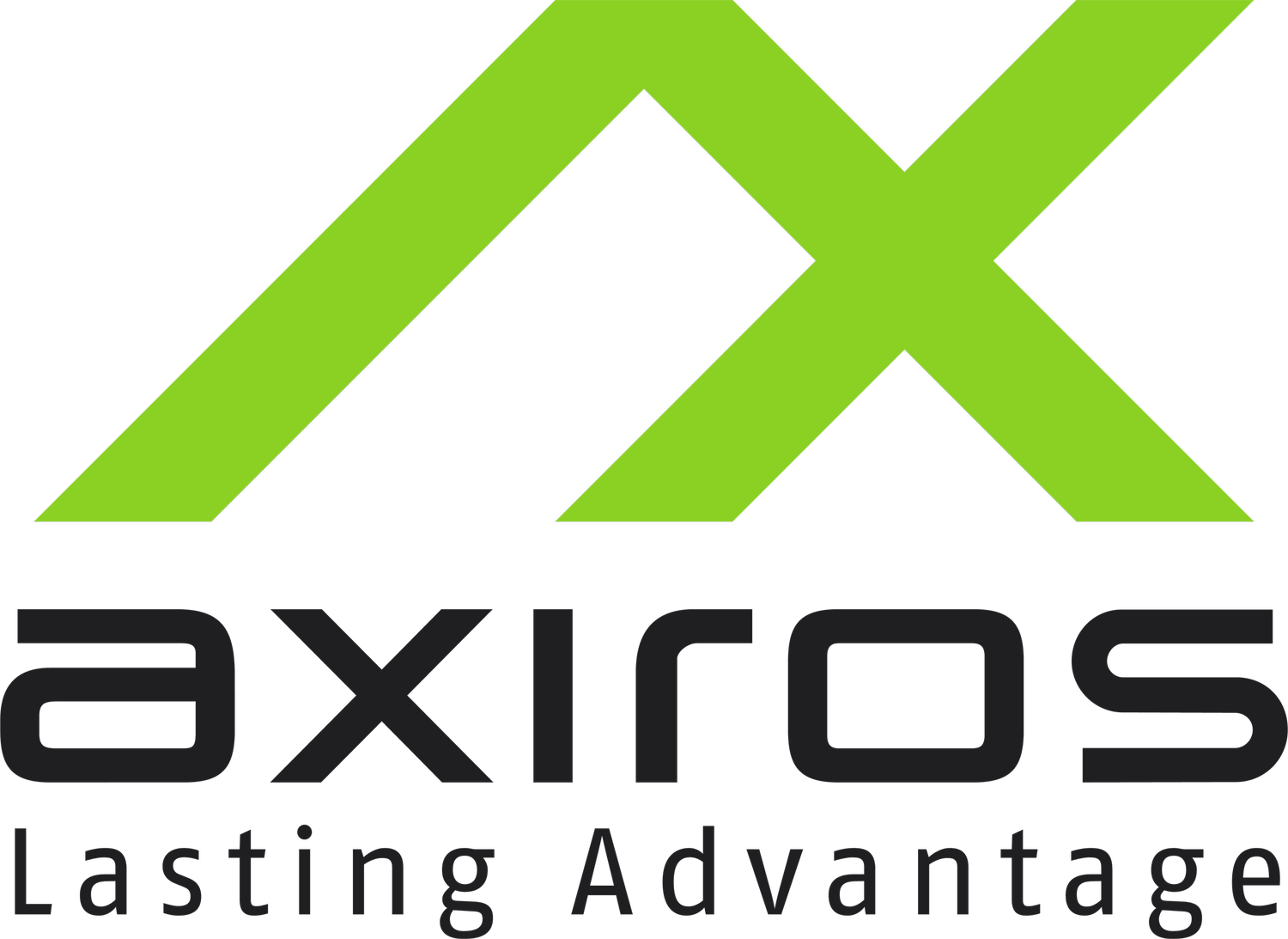Axiros and SDN / SD-WAN
Software Defined Networking (SDN) and SD-WAN became the answer to everything during it’s hype time in the years around 2015. From network to process automation to service monitoring, the SDN claim was to completely transform how this is being done.
At the push of a button, a controller unit should orchestrate all network elements. This in accordance with the product specifications, which are tipped into the network via a central interface. The controller then monitors network performance and sends early alarms in case individual devices become overloaded or fail completely.
To cut a long story short: The latest Gartner hype cycle on enterprise networking labels Software-Defined Networks (SDN) as an obsolete technology. In practice, SDN never could really prevail because it was too broad a concept and cross-vendor solutions therefore had no concrete basis. SDN for the backend Infrastructure is being replaced with increasing speed by container orchestration platforms.
The king is dead, long lives the king! SD-WAN, on the other hand, has stood the test of time, has evolved and is becoming increasingly important in fiber optic expansion today. Even though the terminology changes, the idea and philosophy of SD-WAN to orchestrate the access network centrally lives on today in process automation.
“Software-defined networking (SDN) technology is an approach to network management that enables dynamic, programmatically efficient network configuration in order to improve network performance and monitoring, making it more like cloud computing than traditional network management.”
- Software-defined networking. (20.10.2020). In Wikipedia. https://en.wikipedia.org/w/index.php?title=Software-defined_networking&oldid=984418597
In both SD-WAN and SDN, software is therefore the controller that centrally controls any end devices via management protocols with open standards. Starting with the customer devices through the access infrastructure such as ONT/OLT, fiber switches or DSLAMS, to core components such as BRAS, DHCP, RADIUS or soft switch. Everything is coordinated with each other and with open business logic.
An ideal field of activity for Axiros. For over 15 years Axiros has been developing software solutions for Open Device Management. Always following their mission: Any Device | Any Protocol | Any Service | Any Time - Any THING We Manage. Be it based on TR-069, NetConf, SSH, SNMP or whatever management interface available. Since almost every network element can now be addressed via an interface, Axiros is also being integrated deeper and deeper into the infrastructure. TIER 1 network operators now use Axiros software to orchestrate more than 20 different systems and have been doing so excellently for years.
In Germany, many municipalities are taking the initiative and building their own glass fiber networks to increase the attractiveness of the region with broadband and innovative services. However, the construction and operation of their own network infrastructure is uncharted territory in many places and there is a widespread lack of qualified and experienced specialists. All the more reason to focus on efficient network management, because only with maximum automation can the new infrastructure be operated by the existing workforce.
Another important success factor is the project experience of the suppliers. Only those who can rely on the active cooperation of their suppliers and understand the interaction of the network components can operate their network efficiently. Axiros serves over 60 municipal utility companies in Germany and knows the challenges of this clientele very well. Municipal utility companies receive a perfectly coordinated product portfolio from Axiros with the full functionality of an SDN – vendor-neutral, open and robust.
The following products form the core of the Axiros SDN:
AXESS or AX69 for managing customer devices from any manufacturer. AXESS supports all available management protocols and offers intuitive, adaptable user interfaces for administration, operations and support.
AX BIZ for the realization of multi-level and complex provisioning processes and the orchestration of any network elements such as DSLAM, BRAS or RADIUS server via interface.
AX DHCP for the assignment of IPv4 and IPv6 addresses and the distribution of config and boot files.
AXTRACT for the monitoring of service quality including early alarming in all access networks and PNM a pro-active monitoring in cable networks.
In addition, AXWIFI as the central WiFi Manager ensures optimal WLAN coverage for all customers, AX OTT ensures the service quality of streaming services such as Youtube or Netflix, and with AX MOBILITY customers and service technicians can access the platform with their mobile devices as needed. For any other IoT applications raspberry Pls can be used with AXACT as TR069/USP client.
The Axiros product family offers open interfaces and a programmable business engine, so that the solution can be expanded as required and any network element can be integrated. Based on our mature framework, customers model multi-level provisioning processes for different access technologies and manage their network elements as far as possible automatically.
Thanks to their open architecture, expandability and vendor independence, Axiros products guarantee long-term investment protection and prove their stability every day with nearly 300 customers. If you have any questions about SDN or SD-WAN, we are happy to answer them. Get in touch!

